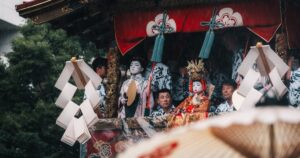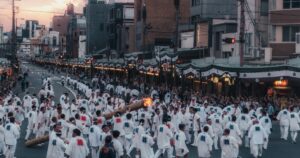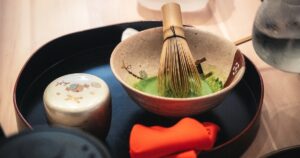On July 17, the Gion Festival’s Saki Matsuri (Early Festival) float procession took place—despite torrential rain.
I’ve been watching this parade for over ten years, and this was the heaviest rain I’ve ever seen during the procession.
Each float was covered in clear vinyl sheeting, so while the decorations weren’t completely hidden, the intricate details were hard to see clearly.
Still, there was something beautifully unique about it—participants carried wagasa (Japanese umbrellas) with different colors and patterns that matched their floats.
It turned into a rare and poetic version of the parade we don’t often get to witness.
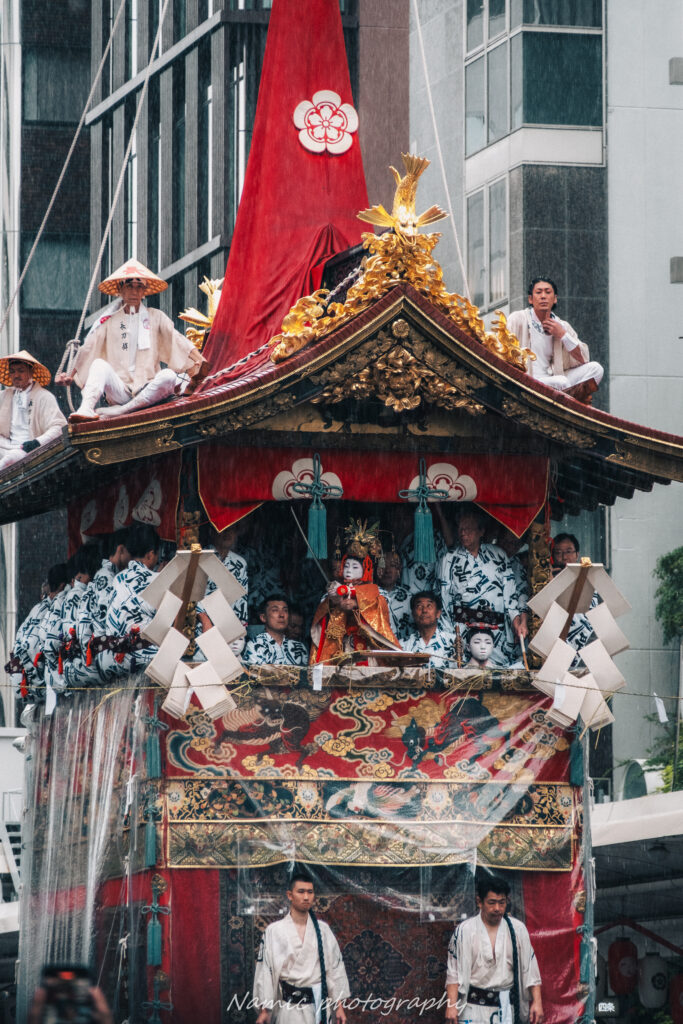
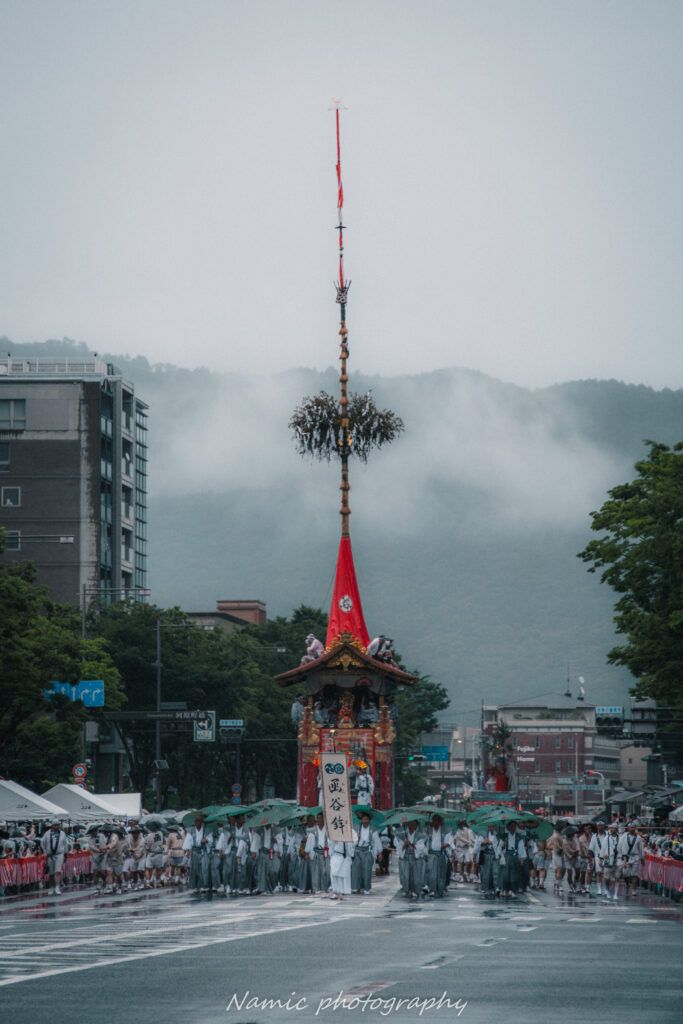
Many visitors view the float procession as the main event, but in fact, it serves a ritual purpose: to purify the streets before the deities pass through during the Shinko-sai mikoshi procession.
In other words, these floats are not just for show—they’re sacred agents preparing the way for the gods.
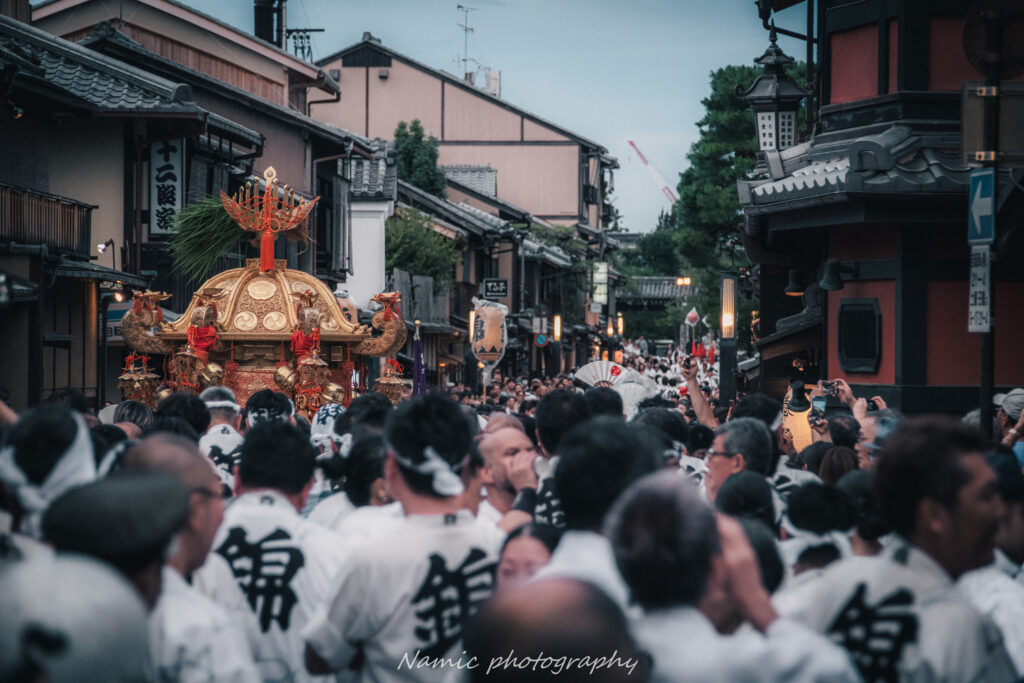
Coming Up: Ato Matsuri and the Grand Return of the Deities
The Gion Festival lasts through all of July, and there’s still so much to see!
- July 23: Ato Matsuri Yoiyama (Evening Before Parade)
Enjoy a serene atmosphere as floats are lit with traditional komagata lanterns, and the soft sounds of Gion-bayashi echo through the streets. It’s a more intimate version of the festival compared to the busier early half.
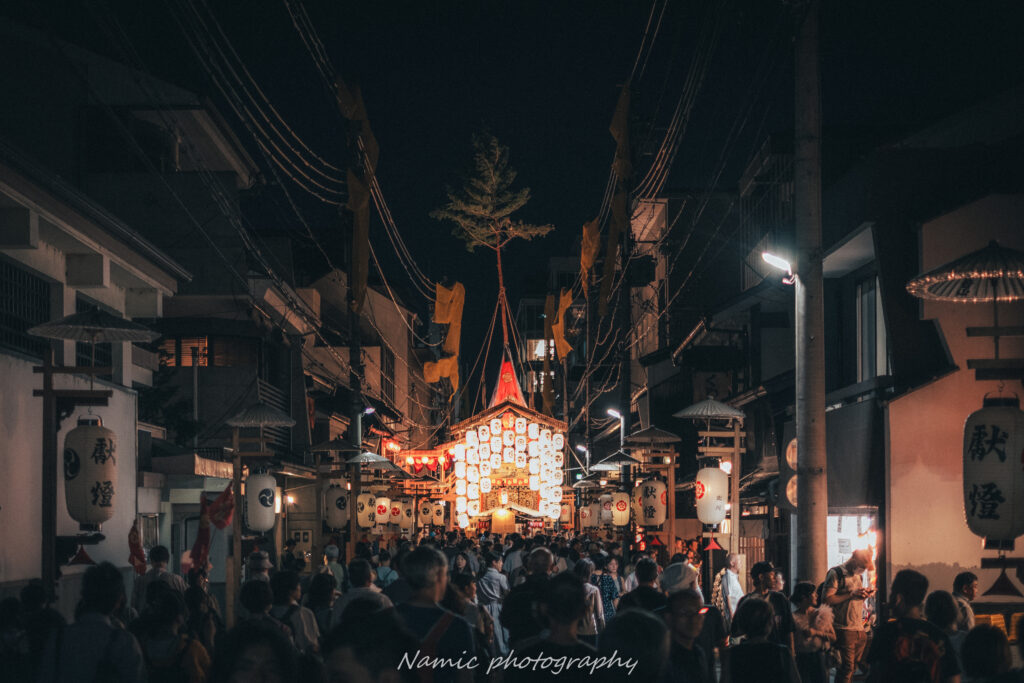
- July 24: Ato Matsuri Float Procession
Ten different floats from the later festival take to the streets, following the reverse route of the Saki Matsuri. With fewer crowds, this is a great chance to admire the floats and their intricate details up close. - July 24: Hanagasa Junko (Flower Umbrella Procession)
A colorful and festive parade featuring performers in traditional kimono, children in ceremonial dress, lion dancers, and classical performing arts. The procession starts in the morning from Yasaka Shrine and loops through the city center.
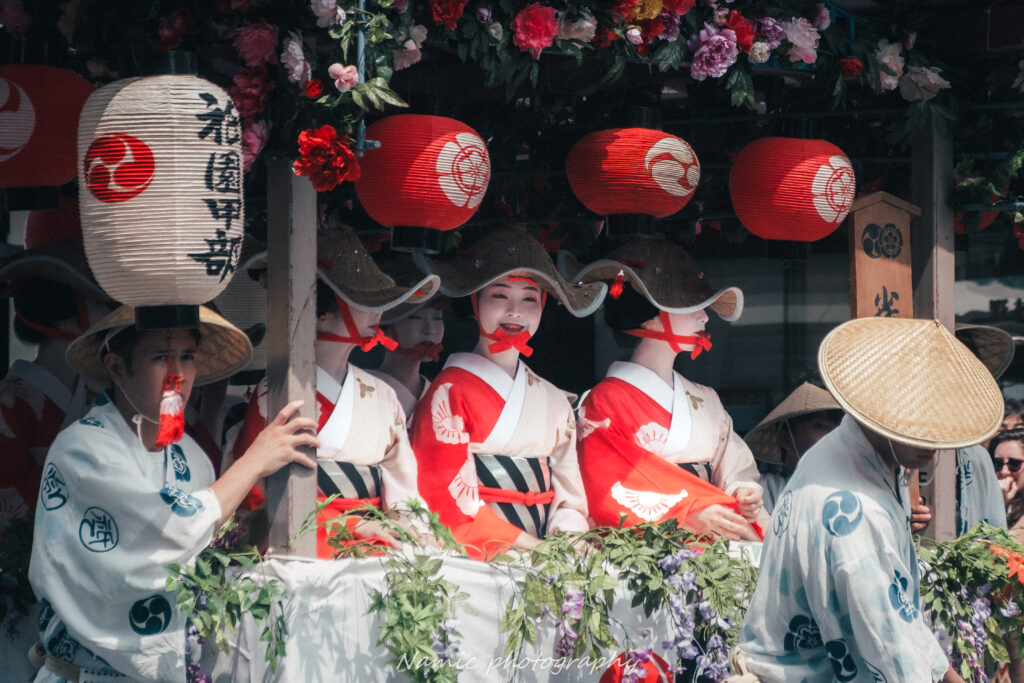
- July 24: Kankosai (Return of the Deities)
In the evening, the three mikoshi (portable shrines) return to Yasaka Shrine in a deeply spiritual ritual. The carriers energetically chant “Hoi-to, Hoi-to” as they bear the mikoshi with vigor and determination through the streets. This sacred procession marks the return of the deities to Yasaka Shrine, creating a lively and vibrant atmosphere among the spectators.
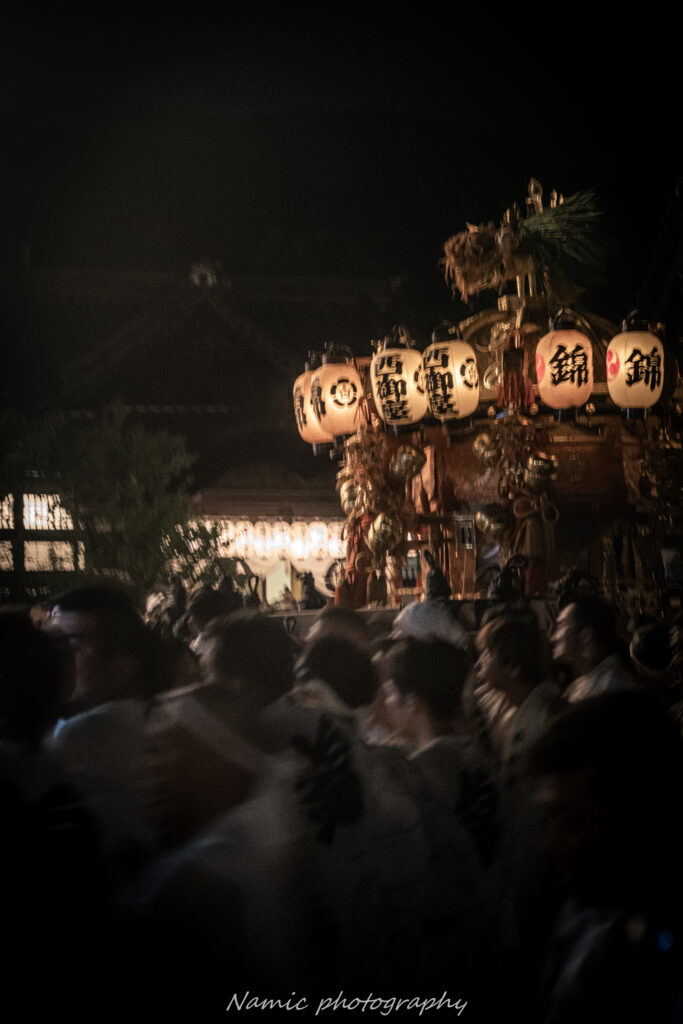
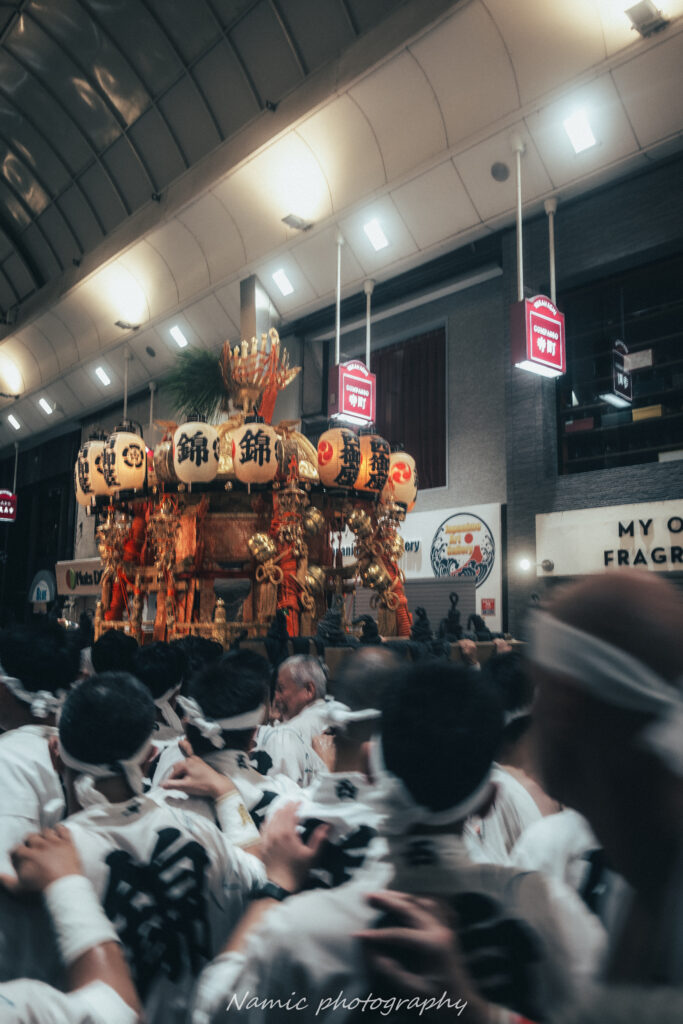
Want to Experience Kyoto’s Living Traditions?
If this festival sparked your interest in Kyoto’s deeper cultural side, we offer custom tours and cultural experiences guided by local experts.
From sacred rituals to seasonal festivals, we’ll show you Kyoto beyond sightseeing—a place of living heritage.
📲 We’re sharing real-time Kyoto on Instagram too.
👉 Follow us on Instagram: @base.kyoto


